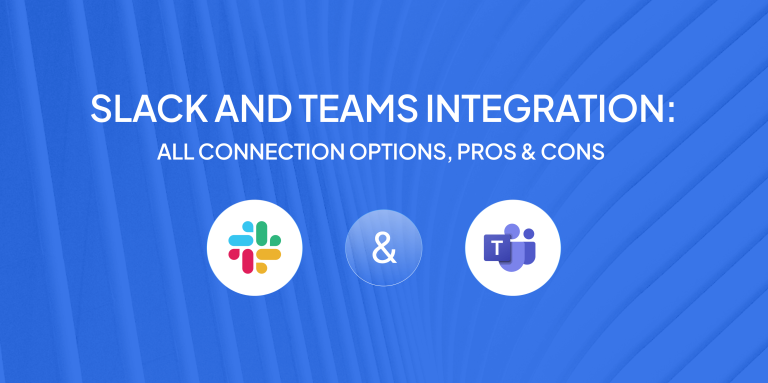Diversity + Inclusion and Its Importance to a Company’s Collaboration Culture

Table of contents

The implementation of diversity and inclusion has become prerogative for most contemporary companies. A diverse and inclusive work environment is better prepared for today’s digital and culturally dynamic business world. Most firms that embrace diversity and inclusion in their business outperform their peers. Team diversity plus inclusion promotes effective collaborations and success.
Workplace diversity is basically about embracing individual differences that exist in a workforce. This diversity often refers to employees’ differences in a number of things. It could be racial, gender, sexual orientation, political, religious, socio-economic and geographic. To a millennial, diversity means combining the variations in backgrounds, perspectives and experiences.
Diversity and inclusion are two sides of a coin; diversity is quite useless without inclusion and so is inclusion without diversity. Inclusion is the provision of equal opportunities, participation and fair treatment of diverse employees. It is leveraging the existing differences for business advantages. Simply put, diversity is getting an invitation to a party; inclusion is being asked to dance with others.
Importance of Diversity and Inclusion
- Creativity and Innovation
When homogenous groups agree all the time that is, ‘group-think’, innovation will not flourish. Diverse teams bring in unique information, viewpoints and experiences to the innovation table. Reaching a consensus will definitely take an effort due to the existing differences. These differences are however the ingredients for creativity and innovation in businesses.
- Enhanced decision making
A culture of diversity and inclusion fosters trust and employee engagement in decision making. This makes them active in providing information, resources and tools that enhance decision making in the organization. It means more effective planning, development and execution of business strategies.
- Products and service diversity
Products and services created by humans will definitely reflect the perspectives of the producers. You must have noticed these differences in different apps, products and services. Instead of one-size-fits-all, diverse groups come up with products with increased usability. It helps companies break seamlessly into different local markets all over the world.
- Attraction of a pool of the best talents
Most millennials consider diversity and equality policies when searching for jobs. Diversity and inclusion promote your brand’s reputation. The best talents from different nations and countries will want to work with you. Ultimately, it helps you create a team of highly competent employees.
- Better performance and Lower Employee Turnover
When employees experience a sense of belonging in an organization, they perform better. They are more active, loyal, satisfied and motivated and empowered to work hard. When there are equal opportunities and rewards for hard work, they will give their best to the company. Employees in diverse and inclusive workforces are more likely to stay longer than others.
- More Sales, More Profits
Stats show that diverse teams generate more revenue and profits than others. Low employee turnover can significantly save recruitment and hiring costs. Diverse teams come up with strategies to enable businesses flourish. The increased product diversity, usability and market reach means more buyers and revenue.
How Diversity and Inclusion Influences Collaboration in the Workplace
Inclusion strengthens employees bonds and solidifies team collaboration and partnerships. Collaborations can only occur when people are comfortable enough to step out of their comfort zone. This is encouraged when employees have a voice, feel appreciated and valued as team members. When there is no fear of prejudice, employees will face their jobs and connect with others. There is no limit to the possible achievement of a collaborating diverse and inclusive team.
Diversity, however, is not always an instant success in every organization. It can introduce tensions and pose a challenge in some companies. Issues of inferiority and superiority complex can arise among employees. Language and other cultural differences can make communication quite difficult. Stereotyping and unconscious bias amongst others can hinder collaborative work.
How to Encourage Collaboration in a Diverse Workplace
- The company’s core values of diversity, inclusion and teamwork should be evident
- Support workplace flexibility
- Encourage communication transparency
- Equal opportunity and representation at all levels of the organization
- Fair treatment of all employees must be taken seriously
- Education and training on diversity and inclusion
- Create collaborative platforms like social gatherings and online collaborative tools
- Have a culture that respects social, cultural, political, gender etc. differences
- Collaborative conflict resolution
- Regular feedback from employees for the optimization of existing strategies
Bottomline
Diversity is an intellect, innovation and success multiplier only when employees work collaboratively. Recruiting professionals from diverse backgrounds are just a step in the right direction. Achieving cohesion in a diverse workforce is what sets the table. Many companies are hiring more diverse genders, races and personalities. Forward-thinking companies are enhancing the inclusiveness of their diverse teams for higher performance.






